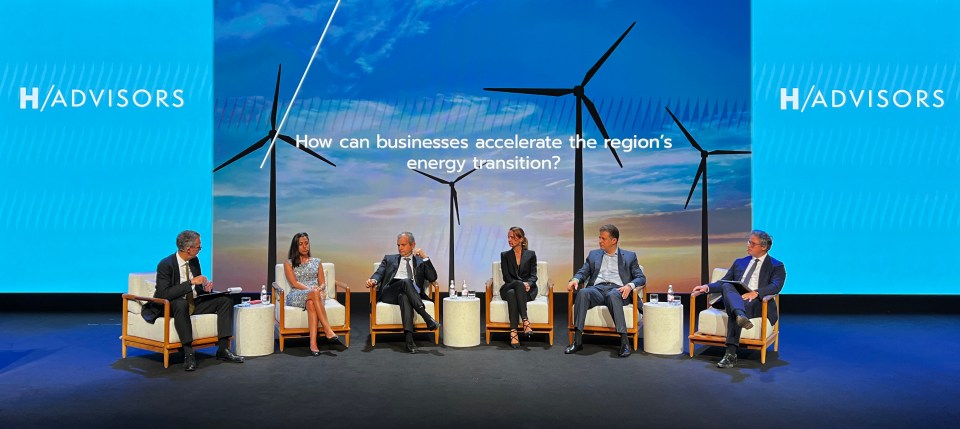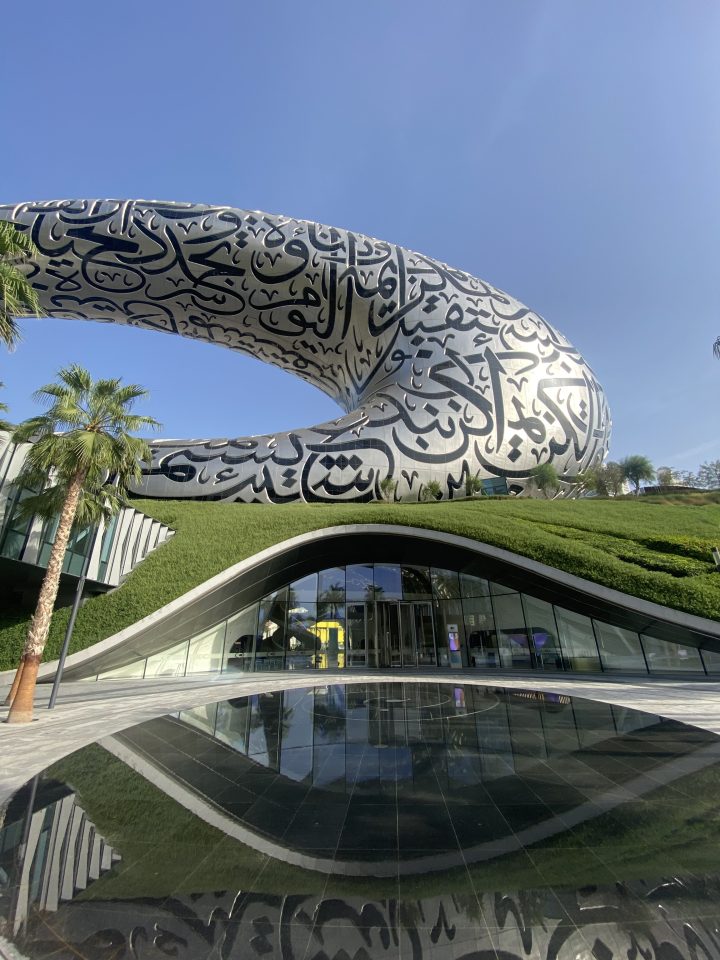The Notebook: Neil Bennett on Dubai’s past, present and future

The Notebook is where interesting people say interesting things. Today, it’s Neil Bennett, global co-ceo of H/Advisors, a comms and advisory firm…
Going green in the town that oil built
I’m in Dubai for the launch of our new H/Advisors’ office here. We are focusing on sustainability communications as the city and the whole of the United Arab Emirates gears up to host the COP28 summit later this year.
It is hard to overstate the importance of COP28 to Dubai and the region. The fact the city is hosting a global event of such importance represents a coming of age for it and you can already feel the hum of excitement and purpose in the various conversations I’ve been having here. In today’s fractured geopolitical world, the UAE is in reality one of the few places that can bring together both East and West, the developed world with the developing world to sit down and address common concerns without it descending into a bunfight.
It may seem counter-intuitive to host an environmental conference in a city that has risen out of the ground on a tidal wave of petrodollars and the whole enterprise has attracted controversy months before it even takes place. The NGOs and the media have particularly focused on the fact that Sultan Al Jaber, COP28’s president, is also CEO of Abu Dhabi’s national oil company.

But at our panel earlier today Majid Jafar, CEO of Crescent Petroleum the region’s largest private sector energy group, gave an eloquent case for the defence. Both Scotland and Egypt, hosts of the past two COP conferences are also major energy producers, he pointed out, and it is impossible to move forward to tackle climate change without engaging the energy industry – you would never solve obesity by sanctioning sugar farmers, as he put it. He also spoke of the growing frustration in the developing world at the sense they are being lectured by Europe and America on climate change.
Meanwhile Daniel Calderon, founder of Alcazar, the region’s largest solar energy developer, spoke about a time when the region could also become the world’s leading producer of solar power. There is certainly no shortage of sunshine – the temperature here is going to top 39 degrees today.
Dubai dreams
When I first visited Dubai some 20 years ago, it was in truth an anarcho-capitalist hellhole, drenched in concrete dust and since then it has been through boom and bust and boom again. Today though it is a gleaming city that is far more comfortable being itself, rather than a mock-up of somewhere else. In some ways it has become a modern-day Casablanca or Switzerland where the wealthy can escape conflict and division – I have heard more Russian spoken here in the past two days than Arabic. The top
end property market is as hot as the climate.
Spotted
Spotted in the lobby of the Jumeirah Emirates Towers: the Winklevoss twins, Tyler and Cameron, complete with bodyguards and entourage. Probably still best known for suing Mark Zuckerberg for allegedly stealing their idea when he launched Facebook, the twins then plunged into the crypto world by launching the Gemini exchange.
Gemini has been in deep water recently, reportedly losing share to other exchanges like Binance,
being sued by the SEC, and facing losses and cutbacks.
But none of these cares seemed to be weighing them down yesterday as they swept past us.
I suspect they are here fund-raising – like the rest of the financial world.
Either that or they are looking to set up shop here, after opening in Singapore earlier this year.
Sit long enough in the right part of this desert boomtown and you see all sorts of interesting people walk by.
A forward-facing look

While the enormous Burj Khalifa is Dubai’s most famous building, the Museum of the Future, which opened last year, is easily the most remarkable. The extraordinary torus-shaped silver exterior, inscribed with quotes from Sheikh Mohammed, is unique and breathtaking. It is filled with exhibits of space travel, AI, health and the human body that are perhaps less enthralling – think new age Millennium Dome – but even so it is a must-visit when in town. Designed by local architects (with, I’m pleased to say help from a British firm, Buro Happold) it is a symbol of the growing national confidence I have seen here.
In the past, buildings in Dubai tended to be naff copies from other cities – there is even a proto Big Ben here. Now they are keen to create something that is uniquely and culturally their own.

